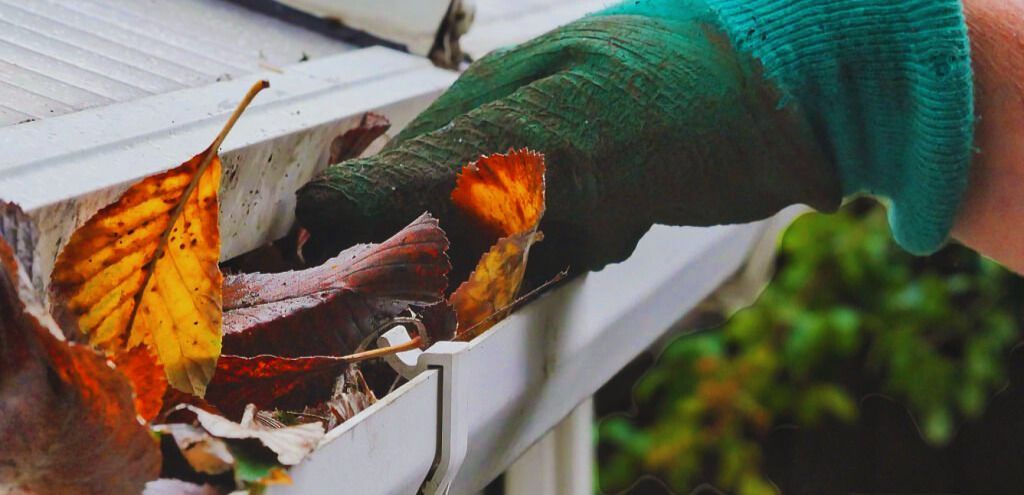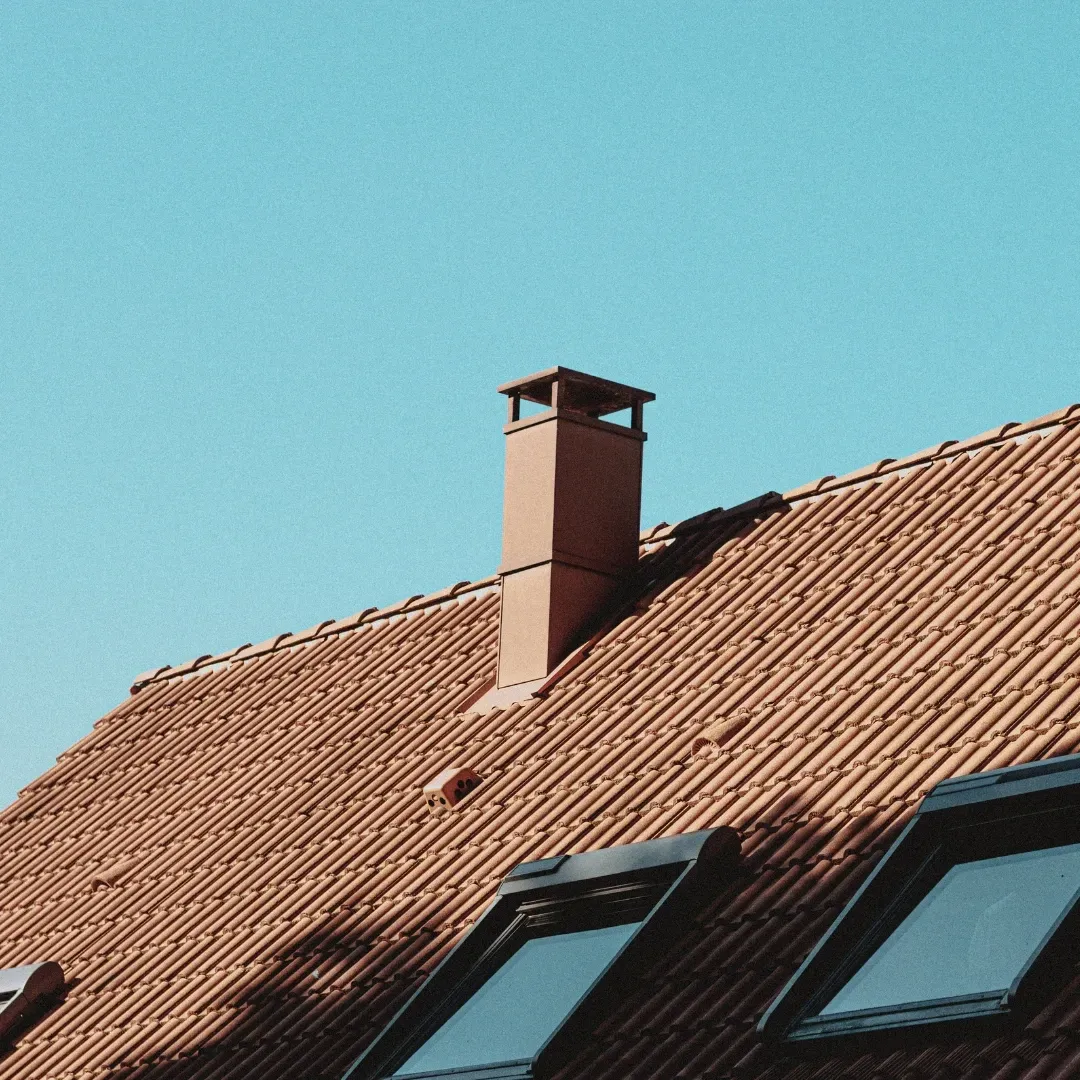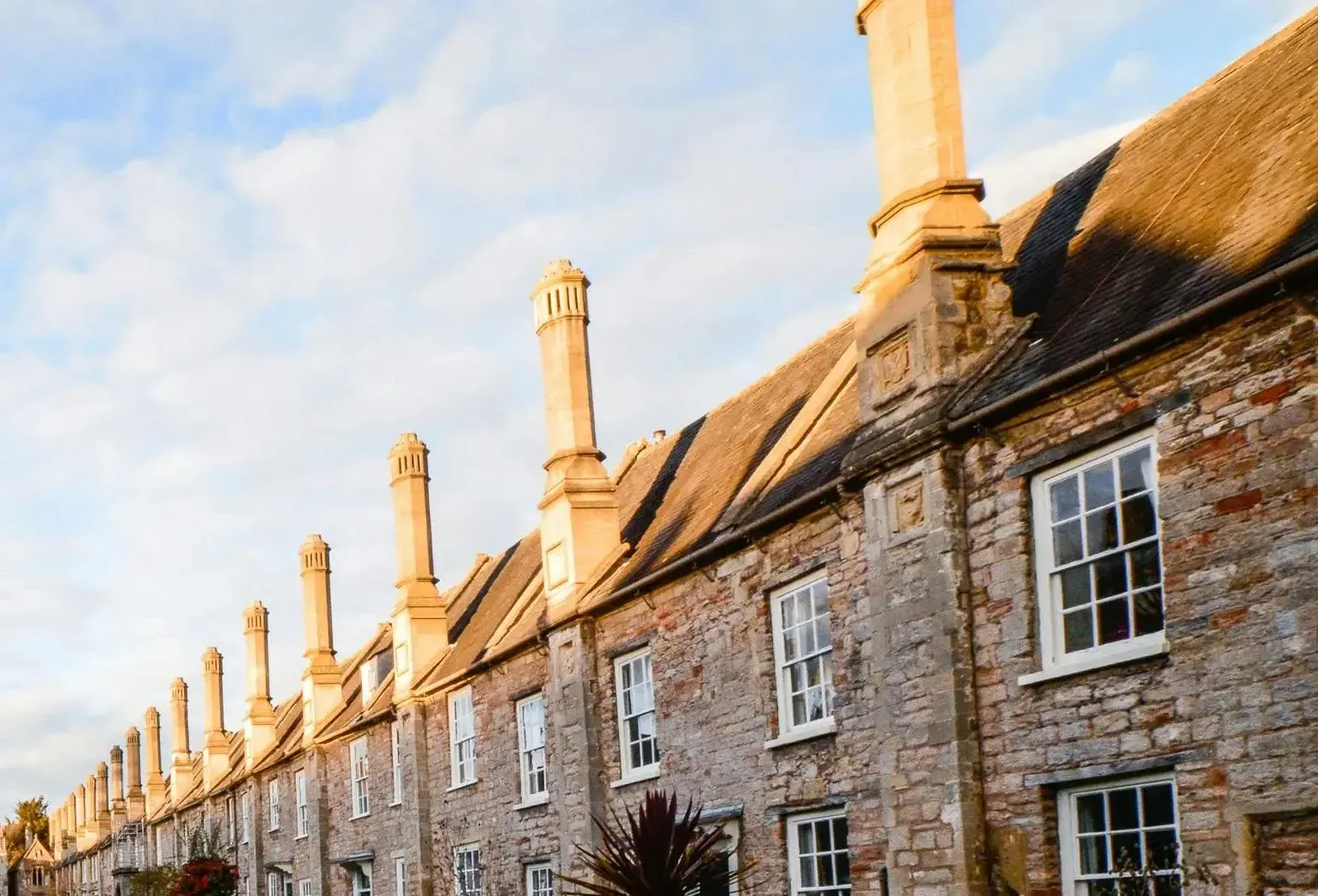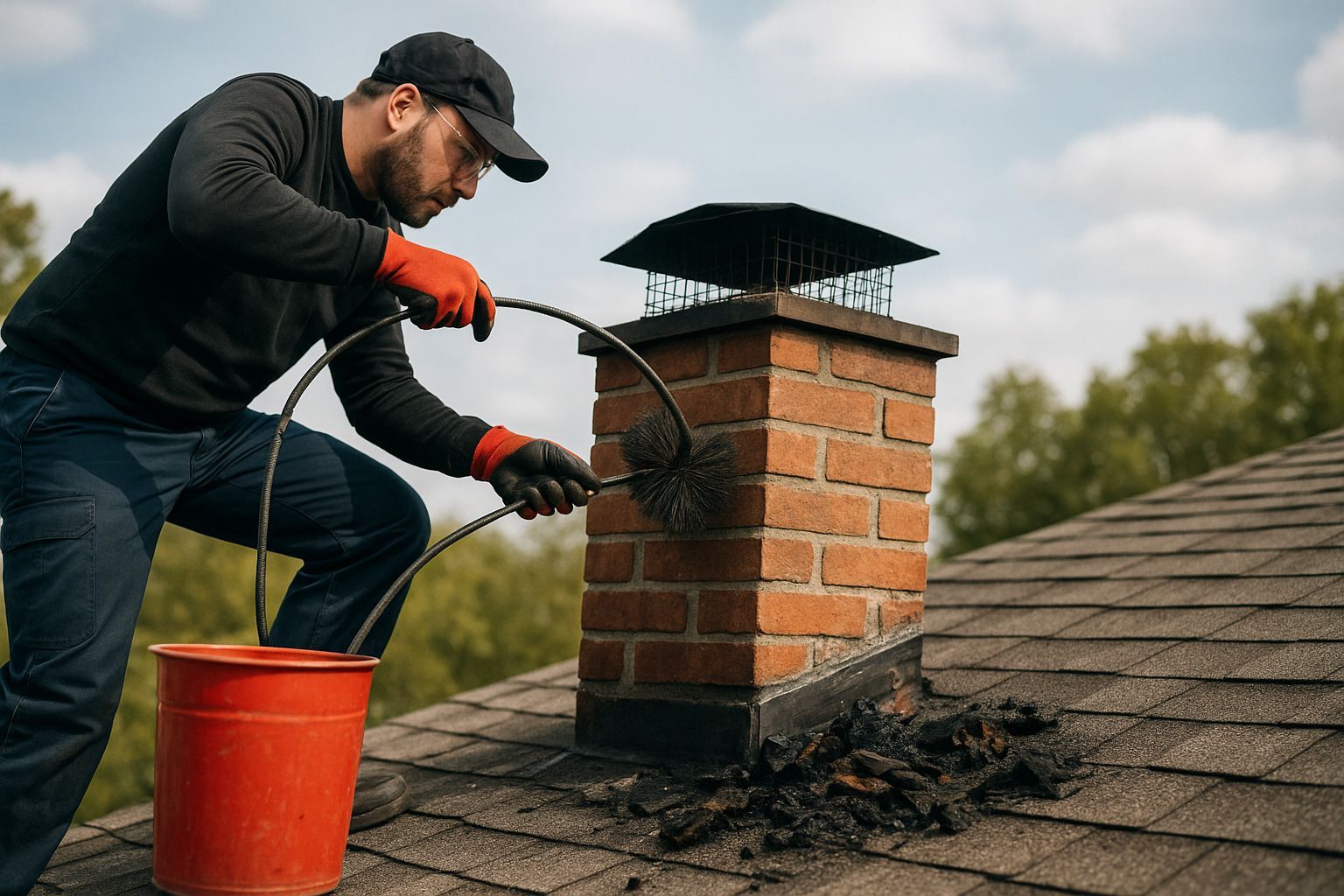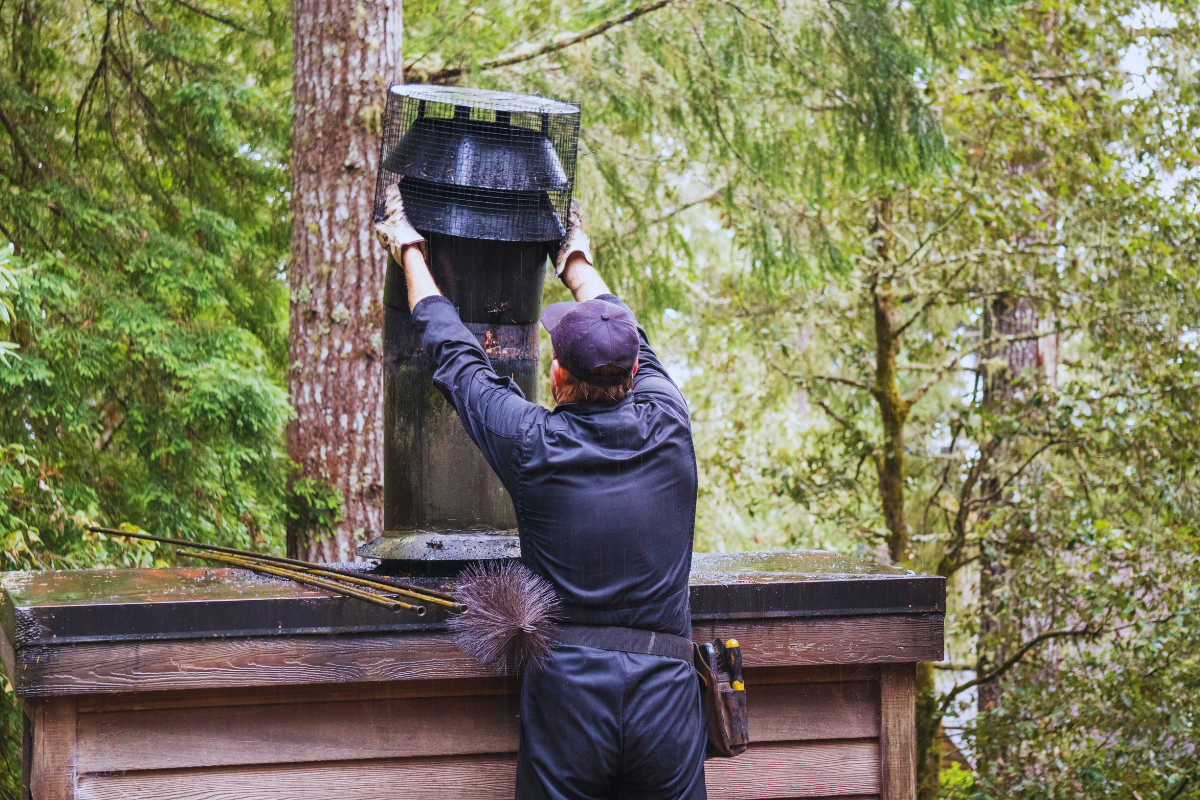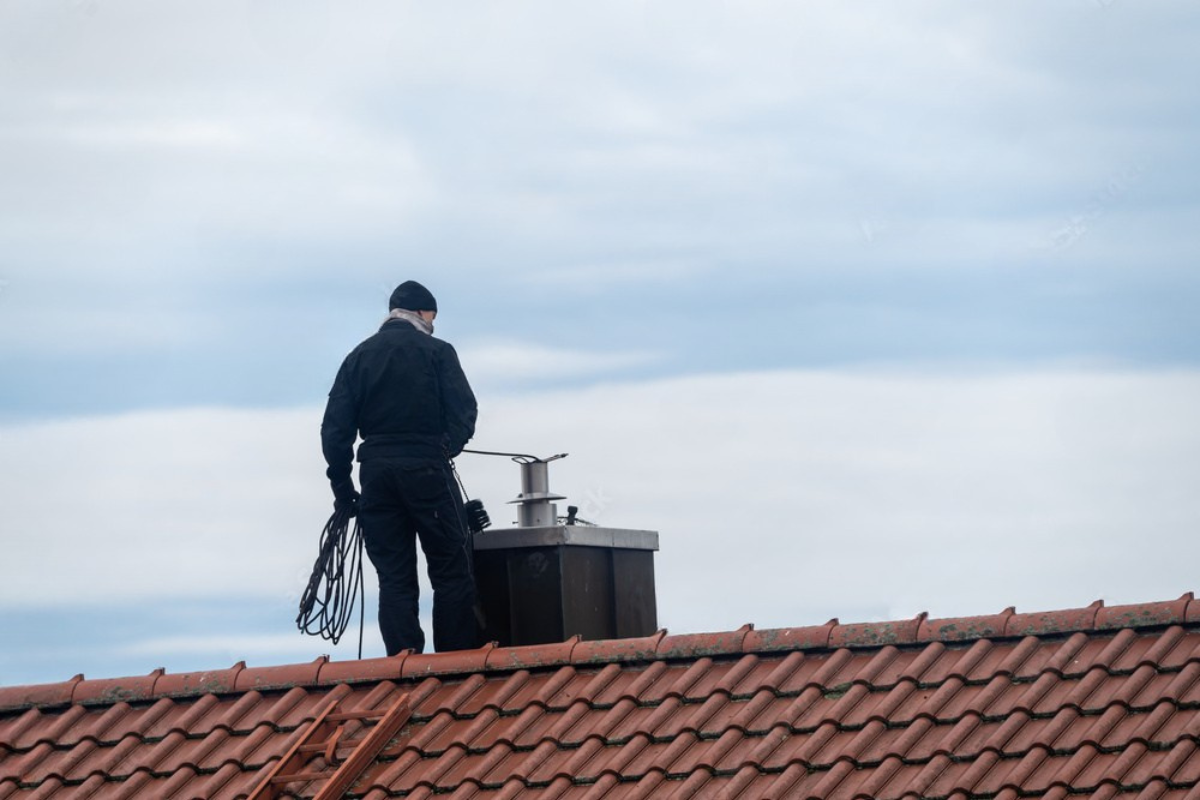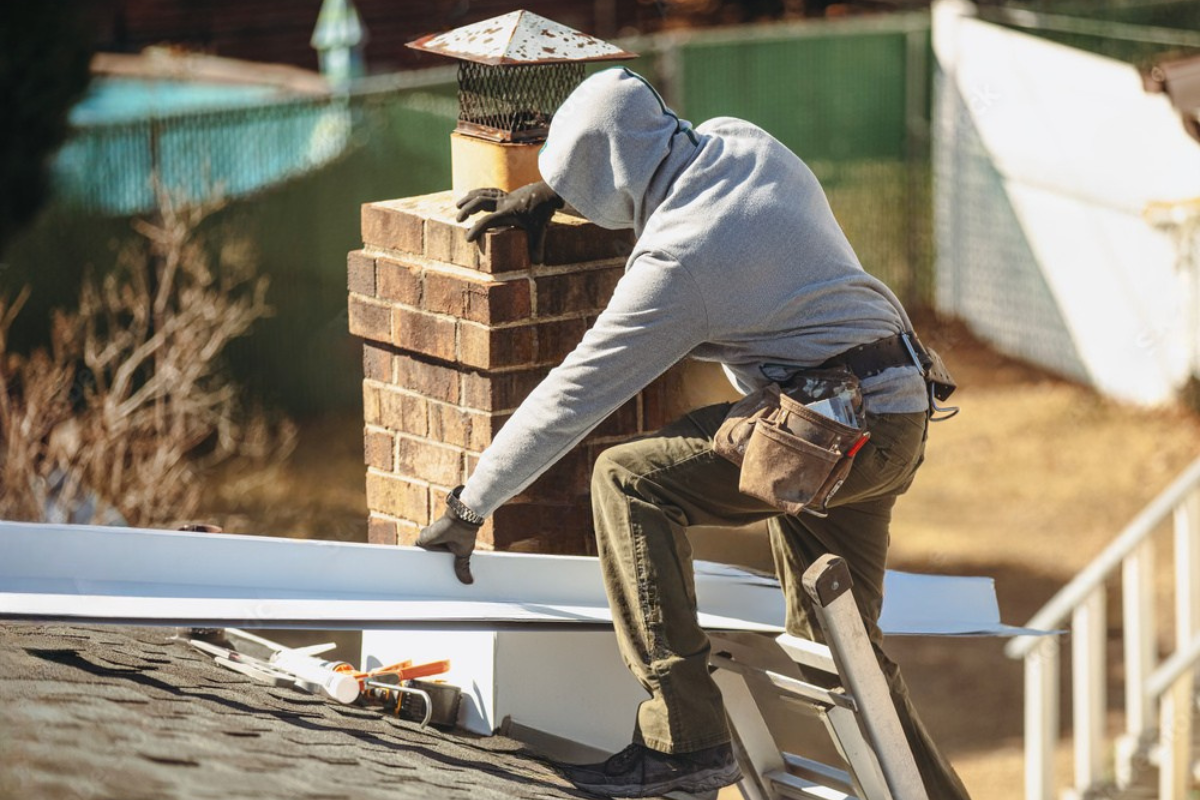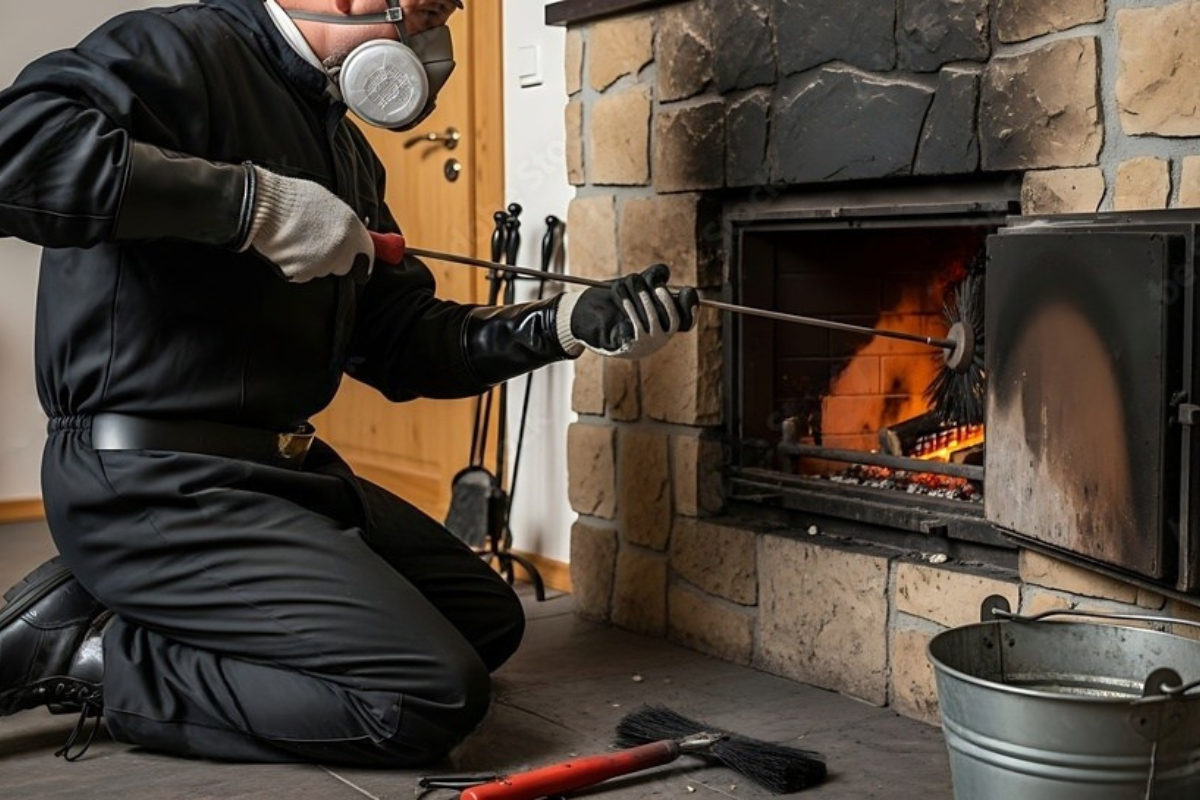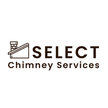7 Chimney Parts Explained: A Homeowner's Guide to Understanding Your Fireplace
Introduction: The Heart of Your Home's Heating System
As I sit by my fireplace on a chilly Maine evening, I can't help but marvel at the intricate system that keeps my home warm and cozy. The chimney, often overlooked, plays a crucial role in this comfort. But how much do we really know about the parts that make up this essential component of our homes?
A Tale of Winter Warmth: My Chimney Adventure
Last winter, I faced an unexpected challenge when smoke started billowing back into my living room instead of up the chimney. As a homeowner in New Hampshire, I quickly realized the importance of understanding my chimney's anatomy. This experience led me on a journey to explore the seven key parts of a chimney, which I'm excited to share with you today.
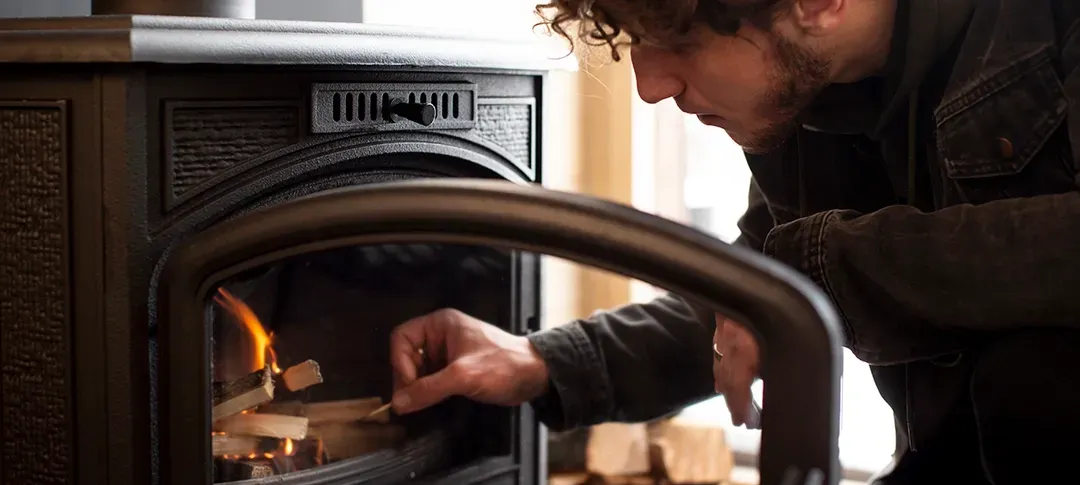
1. The Chimney Crown: Your Fireplace's First Line of Defense
What is a Chimney Crown?
The chimney crown is like the roof of your chimney. It's the top part that covers and seals the area between the flue lining and the chimney edge. Think of it as a protective umbrella for your entire chimney structure.
Why is the Chimney Crown Important?
The crown plays a crucial role in directing water away from the flue opening. Without a properly functioning crown, water can seep into the chimney, causing damage to the masonry and interior components. In our harsh New England winters, this water can freeze and expand, leading to cracks and more severe damage.
Signs of Chimney Crown Damage
- Cracks or chips in the crown surface
- Water stains on the chimney's exterior
- Pieces of mortar or concrete found around the base of the chimney
If you notice any of these signs, it's time to contact a professional chimney service for an inspection.
2. The Chimney Cap: Keeping Unwanted Guests Out
The Purpose of a Chimney Cap
The chimney cap is like a protective hat for your chimney. It serves multiple purposes:
- Prevents rain and snow from entering the flue
- Keeps animals and debris out of your chimney
- Reduces downdrafts that can blow smoke back into your home
- Stops sparks from escaping and potentially causing roof fires
Types of Chimney Caps
There are several types of chimney caps available, including:
- Single-flue caps
- Multi-flue caps
- Draft-increasing caps
- Custom-designed caps
The right choice depends on your specific chimney configuration and local weather conditions.
Maintaining Your Chimney Cap
Regular inspection of your chimney cap is crucial. Look for:
- Rust or corrosion
- Loose attachments
- Debris buildup
A well-maintained cap ensures your chimney functions efficiently and safely.
3. The Flue Liner: The Hidden Hero of Your Chimney
Understanding Flue Liners
The flue liner is the vertical passageway inside your chimney that carries smoke and gases out of your home. It's a critical component for both safety and efficiency.
Materials Used for Flue Liners
Common materials for flue liners include:
- Clay tiles
- Metal (usually stainless steel)
- Cast-in-place concrete
Each material has its pros and cons, and the best choice depends on factors like your chimney's age, fuel type, and local building codes
.
When to Replace Your Flue Liner
Signs that your flue liner might need replacement include:
- Visible cracks or deterioration
- Pieces of flue tile in the fireplace
- White or brown staining on the exterior of the chimney
If you're unsure about the condition of your flue liner, schedule a professional chimney inspection to assess its condition.
4. The Smoke Chamber: Where the Magic Happens
The Role of the Smoke Chamber
The smoke chamber is located just above the firebox and below the flue. Its job is to compress and heat the smoke, creating an updraft that draws it up the chimney.
Common Issues with Smoke Chambers
Some problems I've encountered with smoke chambers include:
- Rough or uneven surfaces that impede smoke flow
- Cracks or gaps that allow heat to escape
- Incorrect sizing that affects draft efficiency
Smoke Chamber Maintenance Tips
To keep your smoke chamber in top shape:
- Have it inspected annually
- Consider having it parged (smoothed) to improve efficiency
- Address any cracks or damage promptly
Regular maintenance of your smoke chamber can significantly improve your fireplace's performance and safety.
5. The Damper: Your Chimney's Climate Control
Types of Chimney Dampers
There are two main types of chimney dampers:
- Throat dampers: Located just above the firebox
- Top-sealing dampers: Installed at the top of the flue
Each type has its advantages, and the best choice depends on your chimney's design and your specific needs.
How to Operate Your Damper Correctly
Proper damper operation is crucial for efficient fireplace use:
- Open the damper fully before lighting a fire
- Keep it open until the fire is completely out and cool
- Close it when the fireplace is not in use to prevent heat loss
Troubleshooting Damper Problems
Common damper issues include:
- Sticking or difficult operation
- Incomplete sealing when closed
- Rust or corrosion affecting performance
If you're experiencing any of these problems, it's time to call in the experts for a thorough inspection and repair.
6. The Firebox: Where the Fire Burns Bright
Anatomy of a Firebox
The firebox is the heart of your fireplace – it's where the fire actually burns. A well-designed firebox should:
- Be properly sized for your chimney
- Have firebrick lining to withstand high temperatures
- Include an ash dump for easy cleaning
Signs of Firebox Wear and Tear
Over time, your firebox may show signs of deterioration:
- Cracked or missing firebricks
- Mortar joints that are crumbling or falling out
- Discoloration or staining on the firebox walls
Firebox Repair and Maintenance
To keep your firebox in good condition:
- Clean out ashes regularly
- Inspect for cracks or damage before each use
- Have professional repairs done promptly when needed
A well-maintained firebox ensures safe and efficient fireplace operation.
7. The Chimney Breast: The Visible Face of Your Fireplace
Chimney Breast Designs
The chimney breast is the part of the chimney that protrudes into your room. It can be a striking architectural feature and comes in various designs:
- Traditional brick or stone
- Modern sleek finishes
- Decorative tile work
Common Issues with Chimney Breasts
Some problems I've encountered with chimney breasts include:
- Cracks in the plaster or brickwork
- Staining from smoke or water damage
- Inefficient heat distribution
Enhancing Your Chimney Breast's Appearance
To make your chimney breast a standout feature:
- Consider adding a decorative mantel
- Use heat-resistant paint for a fresh look
- Install a heat-circulating grate to improve efficiency
A well-designed chimney breast can be both functional and a beautiful focal point in your home.
The Importance of Regular Chimney Inspections
When to Schedule a Chimney Inspection
I recommend scheduling a chimney inspection:
- Annually, preferably before the heating season
- After any major storm or earthquake
- When purchasing a new home
- If you notice any changes in your fireplace's performance
What to Expect During a Chimney Inspection
A thorough chimney inspection should include:
- Visual examination of all accessible parts
- Check for creosote buildup
- Assessment of structural integrity
- Evaluation of venting system efficiency
Regular inspections can catch small issues before they become major problems, saving you time and money in the long run.
DIY Chimney Maintenance Tips for Homeowners
Simple Steps to Keep Your Chimney in Top Shape
While professional maintenance is crucial, there are some things you can do to keep your chimney in good condition:
- Clean the firebox regularly
- Check for visible cracks or damage
- Ensure the damper operates smoothly
- Keep the area around the fireplace clear of flammable materials
When to Call a Professional
While DIY maintenance is helpful, some tasks should be left to the experts. Call a professional if you notice:
- Excessive creosote buildup
- Structural damage to any part of the chimney
- Persistent odors or smoke problems
- Any doubts about your chimney's safety or efficiency
Remember, when it comes to chimney safety, it's always better to err on the side of caution and consult with professionals.
Conclusion: Embracing the Warmth and Safety of Your Fireplace
Understanding the seven key parts of your chimney is crucial for maintaining a safe and efficient fireplace. From the protective crown at the top to the cozy firebox where you gather with loved ones, each component plays a vital role in your home's heating system.
As a homeowner in Maine or New Hampshire, I've learned that regular maintenance and prompt attention to any issues are key to enjoying my fireplace safely. By familiarizing yourself with these chimney parts and their functions, you're taking an important step towards becoming a responsible and knowledgeable homeowner.
Remember, your chimney is more than just a conduit for smoke – it's a complex system that requires care and attention. Whether you're a seasoned fireplace enthusiast or new to the world of wood-burning warmth, I hope this guide has given you valuable insights into the inner workings of your chimney.
Stay warm, stay safe, and enjoy the unmatched comfort of a well-maintained fireplace!
Frequently Asked Questions
- How often should I have my chimney inspected? I recommend having your chimney inspected annually, preferably before the start of the heating season. This ensures it's safe and efficient for use during the colder months.
- Can I clean my own chimney? While some basic maintenance can be done yourself, I strongly advise against cleaning your own chimney unless you have the proper training and equipment. Professional chimney sweeps have the expertise to do a thorough and safe job.
- What's the difference between a chimney sweep and a chimney inspection? A chimney sweep focuses on cleaning the flue and removing creosote buildup. An inspection is a more comprehensive examination of all chimney components for damage, wear, and potential safety issues.
- How do I know if my chimney needs repair? Signs that your chimney might need repair include visible cracks, crumbling mortar, white staining on the exterior (efflorescence), or smoke entering your home when you use the fireplace.
- Is it normal for my chimney to smell? A slight smoky odor is normal, especially in humid weather. However, strong or persistent odors could indicate problems like creosote buildup or animal intrusion and should be checked by a professional.
Remember, for any chimney-related concerns or services in Maine and New Hampshire, don't hesitate to reach out to us at Select Chimney Services. We're here to help keep your home warm, safe, and comfortable!
